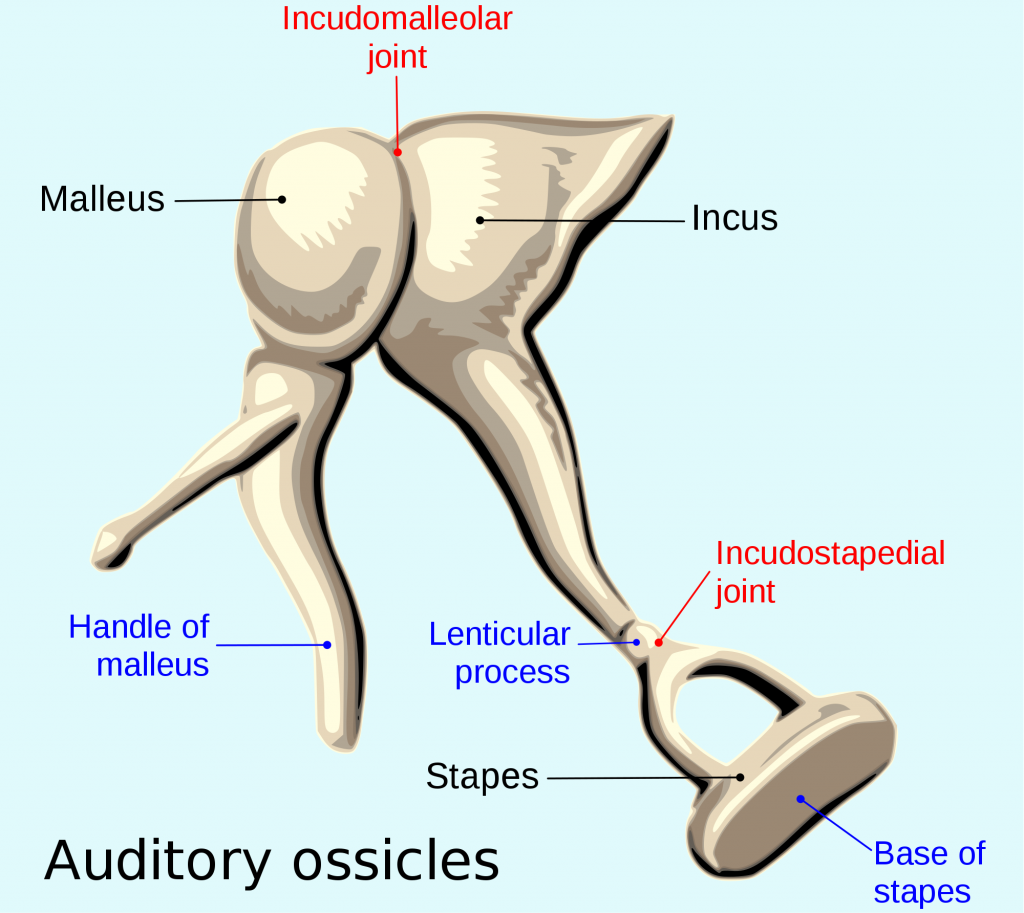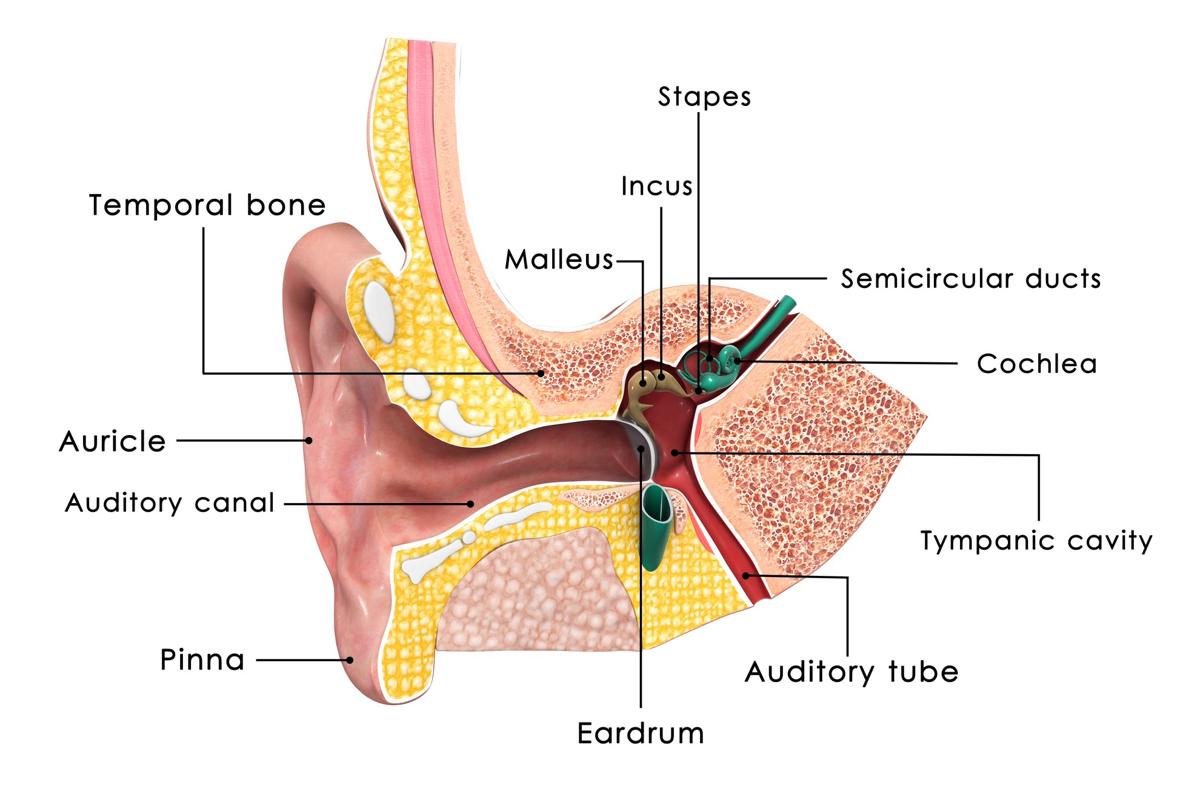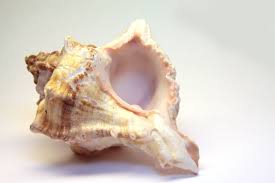Ear Facts
Your ears allow you to hear music, conversations, and the everyday sounds of the world around you.
But that’s not all: Ears also process these sounds, send sound signals to the brain, and even help you keep your balance!
To understand how your ears can accomplish all of this, let’s take a look at the three main sections of the ear: the outer ear, the middle ear, and the inner ear.
Outer Ear
The outer ear is the part of the ear that people can see.
Its main job is to collect sounds, and it’s also called the pinna or auricle.
It also includes the ear canal, where earwax is produced.
Earwax may be gross, but it’s also extremely useful.
It collects dirt to keep your ear canal clean, and it contains chemicals that help your ear fight off infections.
Middle Ear
Once sound waves reach your outer ear, they travel through the ear canal to the middle ear.
The middle ear transforms these sound waves into vibrations that travel to your inner ear.
To accomplish this important job, the middle ear relies on the eardrum. When sound waves reach the eardrum, the eardrum starts vibrating.
These vibrations move tiny, delicate bones in your ear called ossicles. The ossicles help move the vibrations to your inner ear.
There are three ossicles:
The malleus (“hammer” in Latin)
The incus (“anvil” in Latin)
The stapes (“stirrup” in Latin)
Inner Ear
When sound comes into the inner ear as a vibration, it enters the cochlea. The cochlea is a small tube in the inner ear that is filled with liquid.
When the ossicles vibrate, the liquid inside the cochlea is set into motion, like a wave in the ocean.
The cochlea is lined with tiny cells that are covered in hairs. When sound/vibrations reach the cochlea, the hairs on the cells move.
This movement creates nerve signals that the brain understands as sound.
So there you have it: sound enters the outer ear and travels through the ear canal to the middle ear, where the eardrum starts vibrating and causes tiny bones called ossicles to move.
The ossicles push the vibration to the inner ear, where it enters a tube called the cochlea.
Tiny hairs in the cochlea start moving, creating the nerve signals that help your brain interpret the sound.
How do ears help you balance?
But what does any of this have to do with balance?
Well, there are three small loops above the cochlea (in your inner ear) that are called semicircular canals. Like the cochlea, they are filled with liquid and covered in tiny hairs.
When you move your head, it causes the liquid in the semicircular canals to move too.
The liquid moves the tiny hairs, and the tiny hairs send a message to your brain about the position of your head.
Your brain quickly sends messages to your muscles to help you keep your balance.
Fun Facts About Ears
Your ears never stop hearing, even during sleep. Your brain just chooses to ignore sounds and vibrations.
Most living creatures hear with their ears, but not all.
Snakes use their jawbones, male mosquitoes use their antennae, and fish “hear” by responding to changes in pressure.
When you hold a seashell up to your ear, the sound you hear is blood running through the veins in your ear.
Keep your ears safe by wearing earplugs around extremely loud noises and keeping the volume down on your music.
You also don’t need to clean out earwax—your ears push out excess earwax all on their own!








